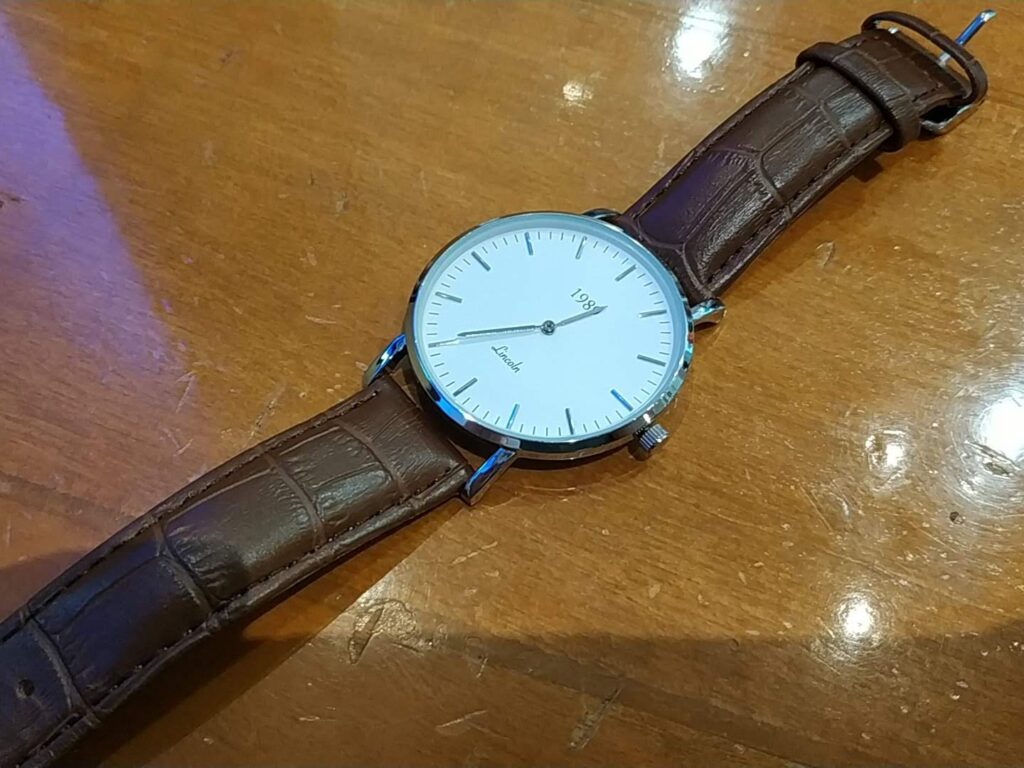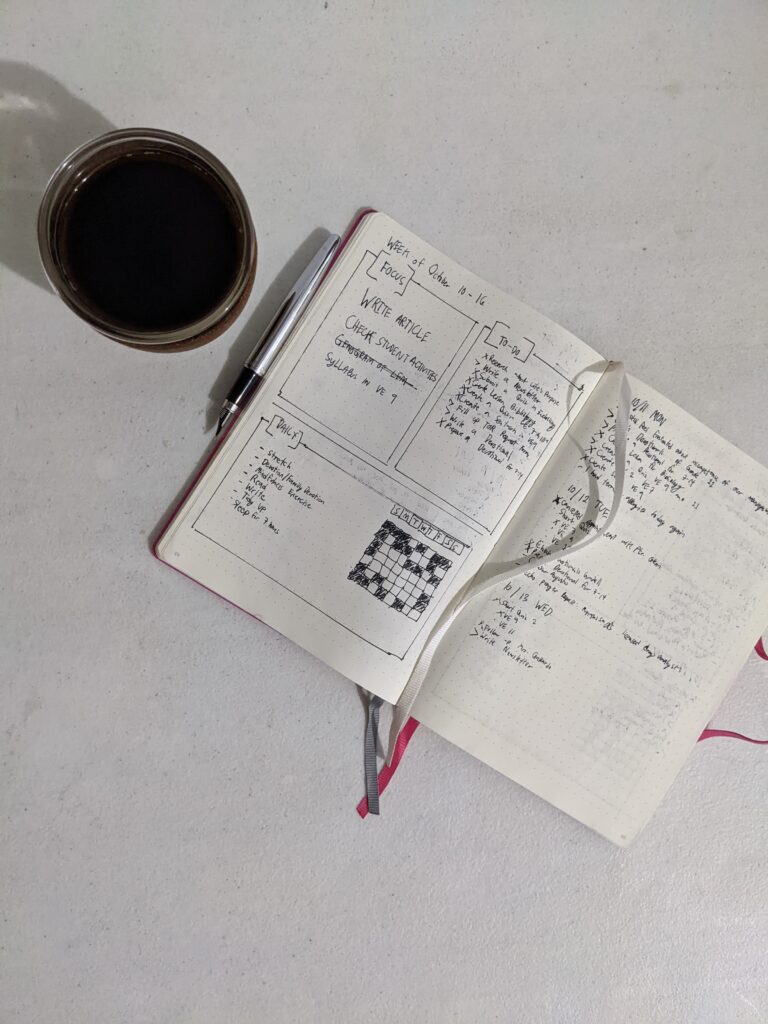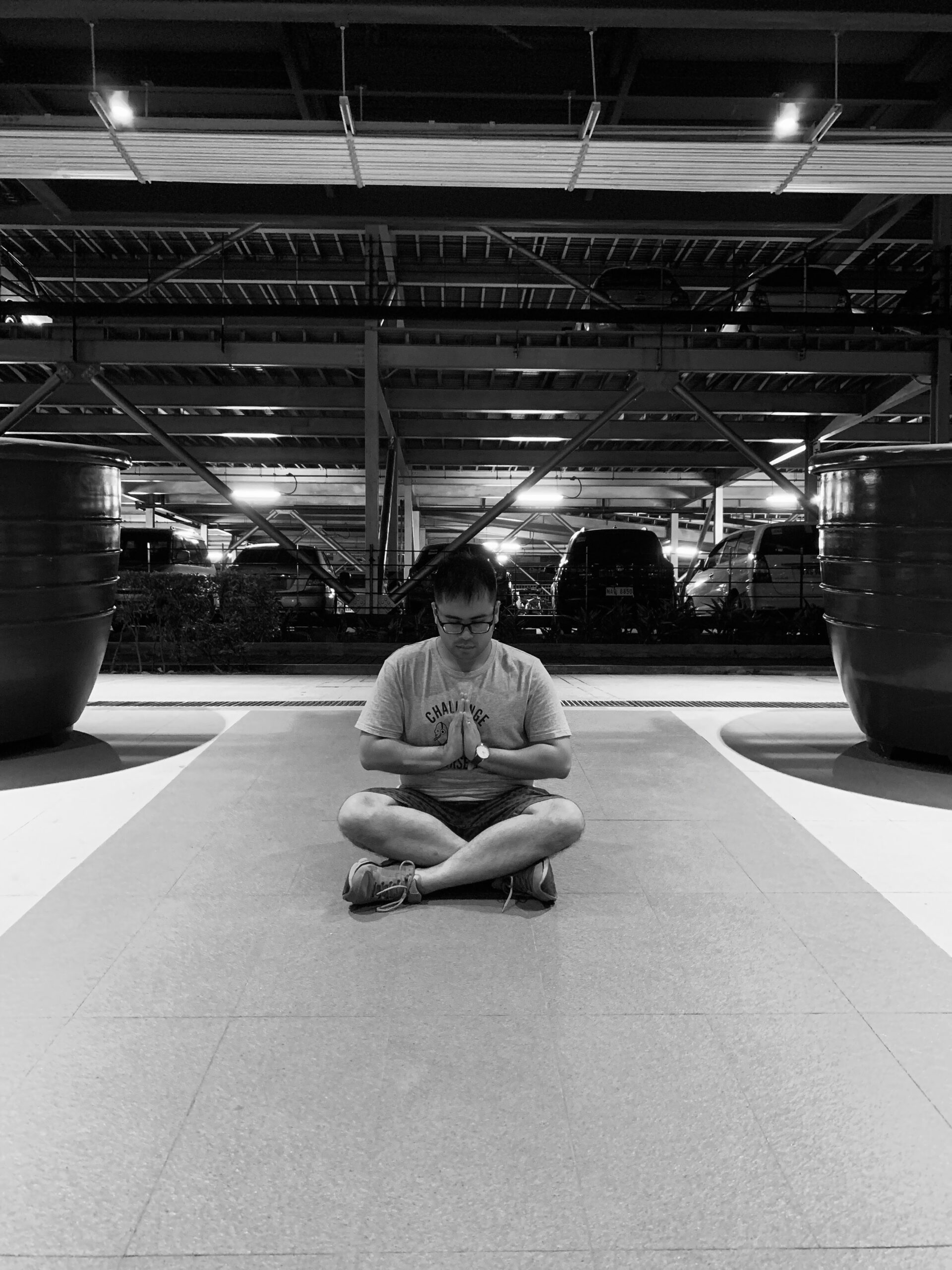Being focused in this world full of distractions is a gem.
You are starting to do your work then suddenly a notification came to your phone. You easily dismissed that because it is just another annoying promotional email. The next thing you know is that you spent the next fifteen minutes scrolling through social media. You suddenly realized that you are about to write a report for your boss due today.
How often do we feel miserable if we caught ourselves procrastinating? Do we often rationalize that we can accomplish our tasks just before the deadline? Sometimes, we blame ourselves due to procrastination but there is actually a bigger issue that we need to face. It is difficult for us to stay focused.
Stay Focused by Being Present

I stumbled across the idea of being in the here-and-now as I was taking my master’s in counseling. There are a few counseling theories that focus on helping people by making them grounded in the here-and-now. Even teachings from other philosophies or religions, tend to value being present.
Being present is one’s ability to be grounded or be in touch with ourselves or as to what is actually happening in the here-and-now. A lot of experts these days have been teaching about this technique to be more focused and mindful about our days and it has really helped a lot of people. These techniques may be familiar to you such as deep breathing or meditation as it is also being advertised frequently on our social media.
Meditation apps are almost everywhere and sometimes you can even find a guided meditation on YouTube or your music service of choice. These might be some of the mindfulness practices that could be helpful for us. However, I think being too dependent on an app or a simple guided meditation would not be sustainable in the long run. If we don’t understand why we are going through a mindfulness exercise then we might find ourselves not being mindful at all.
When we want to stay focused on our work, we must also be mindful of “why am I doing, what I am doing?” It’s easy to get distracted about what we are currently doing if we are not grounded on the reason why we are doing it in the first place. Similarly, we need to have this kind of further assessment of our own lives. May it be about work or personal tasks, we always have to incorporate some sort of mindfulness into our tasks.
Stay Focused by Avoid Distractions

The most obvious way to stay focused is to avoid distractions. Sounds too simple than it actually is, right? Let us try to say that prevention is better than cure. Experts say that a person could take around twenty-three minutes to regain focus after getting distracted. So to simplify, we need to set our workspace free from distraction rather than resisting distractions once it arrives. Here are some ways that I have tried that worked for me.
Turn on Do Not Disturb/Focus Mode from your phone
Our phones are truly notorious for grabbing our attention. Smartphones have become too smart that they can even outsmart us – the user by dictating to us what we ought to do. Now, there has been a feature in our smartphones that can allow us to turn on “Focus Mode.”
This feature allows the users to limit which apps or notifications are allowed on a certain focus restriction. It is because our phones are also tools that could help us achieve focused work. However, it is like an all-in-one device that could either distract us or help us accomplish our tasks.
Keep away your phone
If focus mode or Do Not Disturb mode doesn’t help, you could also keep your phone away. I normally keep my phone next to me when working as sometimes I use it as a referencing tool during work. However, if you are like me, I could also easily turn off the Focus Mode of my phone and start getting distracted by tinkering with things on my phone.
Keeping your phone in a drawer or in another room could be helpful as a better alternative when focus features don’t work. It may sound extreme but this is actually helpful if you truly lack self-control.
Communicate that you are having focused time
One of the most difficult things that would happen is that when you are trying to get actual work done, someone else will distract you. It could either be a colleague or your boss from work that suddenly asks you about something. Worse, if they asked you to do something “more urgent” than what you are currently working on.
The problem is that we tend to sacrifice the quality of our work in exchange for doing things that are “seemingly urgent” for other people. It is hard to tell people that you want to stay focused at work and they could simply ask something about it later. Better if your boss or colleague knows how to send you an email or slip a note rather than asking you for something that seems urgent to them.
The solution to this problem is to communicate beforehand some cues that you are in a physical “Do Not Disturb Mode”. I think even our boss would understand, especially if we are truly trying to be efficient at work. Most of our colleagues, boss, or even a family member would appreciate it if we communicate effectively beforehand about what we are doing at a given time.
Stay Focused by Taming your To-Do List

To-do list apps can help us do focus work. However, more often than not, tinkering on our to-do list and not getting actual work done is another form of distraction. I caught myself doing this especially if the things that I have to do has piled up already.
Managing tasks is one of my favorite things to do. During those times that I tried various task management software, I am actually not that productive at all. Organizing tasks in my to-do list took me around 20-40 minutes per day and it is not helping me to get actual things done.
In the end, I blame my task management software because it is not suitable for my needs and not even worth my money. I think this is why I ended up using the Bullet Journal as my productivity system. Each day, I just spend around 5-10 minutes of reflection both in the morning and evening. Bullet Journaling is often referred to as a “Mindfulness practice disguised as a productivity system.”
Being mindful of my system and my tasks have helped me a lot in building my focus. It has grown on me over time. Here is some way how I have learned to tame my to-do list:
Reduce the number of your tasks
Remember that we all have twenty-four hours per day. Sometimes, we feel like superheroes that we could actually do a lot of things each day at a given time. If we want to build our focus muscles, then we must continue to reduce the number of tasks that we know we can do on a day.
Having this kind of awareness allows us to choose very carefully what is truly important and requires our immediate attention at a given time. When you reduce the number of tasks that you have on your list, you can see what are the things that you could do, delegate, do later, or even delete.
I tried to limit myself to three main priorities of the day (I stopped calling it task) because I think this is the threshold that I can give myself in a day. Limiting myself allowed me not only to enjoy the dopamine hit of checking things off my to-do list but also to get actual work done.
Don’t over organize
I used to have a lot of tags, projects, and priorities, in my to-do list applications. Now I only have two lists that I have adopted from Joshua Fields Milburn. The “Today List” and “Someday List”.
Today List
Today’s list is my priority for the day. I get it from my Monthly log in my Bullet Journal and migrate tasks to which day I decide to get it done. The today-ist helps me to focus on my three main tasks for the day and focus on just doing that. It’s easier to accomplish three than look at a lengthy list of things that I know I can not commit to doing for the whole day.
This is part of my Daily Log in my bullet journal so I only have to look at one page across the day. I also use my daily log as an “Inbox” of my thoughts, feelings, events, tasks, and notes. If it is a task, it’s either I will migrate it on the next day or to my Monthly Log if it could be done at a later date.
Someday List
A someday list is like a list of tasks I have captured either within the day that I know I won’t be able to do now. It could be something I wish I could do, or want to do that would be difficult to do in just one sitting.
Someday-list serves as a “back burner” of my task management. It is where I hold my tasks that could be migrated to my Today List at a given point. In my Bullet Journal practice, this is part of my Monthly Log where I write all the things I need to get done within the month.
I don’t keep a separate collection for my Someday list because I only focus on month-long tasks. If there is a project that requires me to work for more than a month, I make a separate collection page for that project alone.
Staying Focused
Focus is like a muscle that grows over time. The more that we achieve focus on our day-to-day lives, the better we get. I hope you might find value in some of the ways that helped me to stay focused and continue to learn to improve.

